This historical American coastal pentagonal bastion fort is best known for its role in the War of 1812, when it successfully defended Baltimore Harbor from the September 13–14, 1814 attack by the British navy from Chesapeake Bay. The fort, a prominent tourist destination, is visited each year by thousands of visitors who come to see the “Birthplace of the Star Spangled Banner.”
It’s also a popular spot for Baltimoreans to run, walk their dogs, enjoy a picnic or just sit by the waters of Chesapeake Bay and enjoy the breeze and views of the city.
Listed are some interesting trivia regarding the fort:
- This was named after early American statesman James McHenry (November 16, 1753 – May 3, 1816), a Scots-Irish immigrant and surgeon-soldier who was a delegate to the Continental Congress from Maryland and a signer of the United States Constitution. Afterwards, he was appointed United States Secretary of War (1796–1800), serving under Presidents George Washington and John Adams.
- Fort McHenry was built on the site of the former Fort Whetstone which stood on Whetstone Point (today’s residential and industrial area of Locust Point) peninsula, which juts into the opening of Baltimore Harbor between the Basin (today’s Inner Harbor) and Northwest branch on the north side and the Middle and Ferry (now Southern) branches of the Patapsco River on the south side. The fort defended Baltimore from 1776 to 1797.
- The new fort, built to improve the defenses of the increasingly important Port of Baltimore from future enemy attacks, is a bastioned pentagon, surrounded by a dry moat (a deep, broad trench) that served as a shelter from which infantry might defend the fort from a land attack. In case of such an attack on this first line of defense, each point, or bastion could provide a crossfire of cannon and small arms fire.
- During the War of 1812, the 5.2 m. × 7.6 m. (17 ft. by 25 ft.) storm flag flown over Fort McHenry during the bombardment was replaced early on the morning of September 14, 1814 with a larger 9.1 m. × 12.8 m. (30 ft. by 42 ft.) garrison flag, sewn by Mary Pickersgill for $405.90, which signaled American victory over the British in the Battle of Baltimore. Francis Scott Key, a Washington lawyer who had come to Baltimore to negotiate the release of Dr. William Beanes, a civilian prisoner of war, witnessed the bombardment from a nearby truce ship. The sight of the ensign inspired him to write the poem “Defense of Fort M’Henry.” The poem was later set to the tune “To Anacreon in Heaven” and become known as the “Star Spangled Banner,” the national anthem of the United States.
- It has become national tradition that when a new flag is designed, it first flies over Fort McHenry. The first official 49- and 50-star American flags were flown over the fort. The flags are still located on the premises.
- In the event of a national emergency, the United States Codecurrently authorizes Fort McHenry’s closure to the public for use by the military for the duration of such an emergency.
- Every September, the City of Baltimore commemorates Defenders Day in honor of the Battle of Baltimore. It is the biggest celebration of the year at the fort, it is accompanied by a weekend of programs, events and fireworks.
- In 2013, under the America the Beautiful Quarters Program, Fort McHenry National Monument and Historic Shrine was honored with its own quarter.
Here is a timeline of the fort’s history:
- Designed by Frenchman Jean Foncin in 1798, the fort was built between 1798 and 1800.
- During World War I, in order to convert the entire facility into an enormous U.S. Army hospital for the treatment of troops returning from the European conflict, an additional one hundred odd buildings (only a few of them remain) were built on the land surrounding the fort.
- On September 13, 1814, beginning at 6 AM, British warships, under the command of Vice-Admiral Alexander Cochrane, continuously bombarded Fort McHenry, under the command of Major George Armistead (April 10, 1780 – April 25, 1818) of the 3rd Regiment of U. S. Artillery, for 25 hours. The British ships were unable to pass Fort McHenry and penetrate Baltimore Harbor because of its defenses which included a chain of 22 sunken ships and the American’s 8, 11 and 16 kg. (18, 24 and 32-pounder) cannons. The British guns had a range of 3 kms. (2 miles) and their rockets had a 2.8 km. (1.75-mile) range, neither of which, fired at maximum range, were accurate. At one point during the bombardment, a bomb crashed through the fort’s powder magazine but, fortunately for the Americans, either the rain extinguished the fuse or the bomb was a dud.
- On the morning of September 14, the British, having depleted their ammunition, ceased their attack. Only one British warship, a bomb vessel, received a direct hit from the fort’s return fire, which wounded one crewman. The Americans lost four killed (including Private William Williams, an African-American soldier, and a woman who was cut in half by a bomb as she carried supplies to the troops) and 24 wounded.
- During the American Civil War, Fort McHenry served as a military prison, confining Confederate soldiers as well as a large number of Maryland political figures (including newly elected Baltimore Mayor George William Brown, the city council, the new police commissioner, George P. Kane; members of the Maryland General Assembly; several newspaper editors and owners; John Eager Howard,(local hero of the Revolutionary War; and Francis Scott Key‘s grandson, Francis Key Howard) who were suspected of being Confederate At this time, Fort McHenry also served to train artillery (hence the Rodman guns presently located and displayed at the fort).
- During World War II, Fort McHenry was leased to the Coast Guard for port security work and as a fire training station aboard ships for nearly 28,000 U.S. Coast Guardsmen.
- In 1925, the fort was made a national park
- In 1931, the fort was finally deactivated and transferred to the National Park Service .
- On August 11, 1939, it was redesignated a “National Monument and Historic Shrine, the only such doubly designated place in the United States.
- On October 15, 1966, it was placed on the National Register of Historic Places.
- On September 10–16, 2014, the Star Spangled Spectacular was held at Fort McHenry to celebrate the bicentennial of the writing of the Star Spangled Banner. The event included a parade of tall ships, a large fireworks show and the US Navy’s Blue Angels.
The kid-friendly Visitor Center has a Park Ranger-staffed information desk, book and souvenir store, a large museum, restrooms and a meeting place for Ranger programs.
The kid-friendly Visitor Center has a Park Ranger-staffed information desk, book and souvenir store, a large museum, restrooms and a meeting place for Ranger programs.

Francis Scott Key and the Birth of the Star Spangled Banner. At right is the original draft of the song
The museum is divided into three main areas of interest. The first section, “Francis Scott Key and the Birth of the Star Spangled Banner,” is devoted to Francis Scott Key, the Star Spangled Banner, and the flag. An interactive touch-screen presentation details Key’s schedule leading up to his writing of the poem.
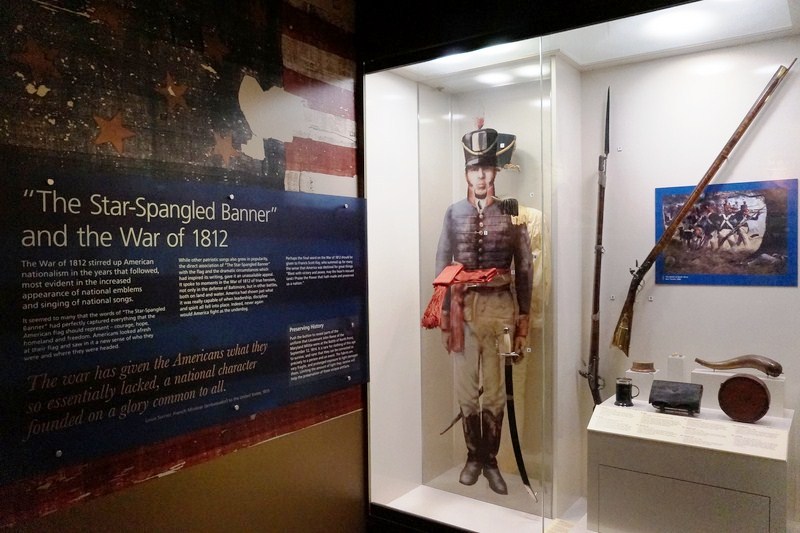
The Star Spangled Banner and the War of 1812. At the right is a uniform, 2 muskets (one with bayonet), powder horn and personal items of a soldier
The second area of the museum, where I spent about an hour, focused on the War of 1812. Its interactive touch-screen presentation, a key exhibit, allowed me to read about every battle in the war. Also on exhibit are military memorabilia such as uniforms and a cannon as well as personal items used by soldiers.
A second section of the museum covers the Battle of Baltimore, with its centerpiece being a 10-minute film about the Battle of Baltimore, a combination of live action and CGI animated battle maps, and ends with an inspirational rendition of “The Star Spangled Banner,” with the audience standing and singing along, as the curtain rises to reveal the flag at Fort McHenry outside.
Film showings occur at the top of every hour and every half hour and its movie screen is part of the overall museum. During the showing, the lights were turned down, rendering the rest of the museum essentially shut down during this time. Only the exhibits that are backlit, such as the interactive touch-screens, can be seen.
The actual wheelchair accessible and stroller friendly fort is just a short walk from the Visitor Center. Outside the fort were re-enacters such as women hand washing the service men’s clothes, sewing a flag and learning how to write on slate boards. Inside were probably a dozen servicemen in full dress and carrying muskets.
Within the fort are exhibits on a variety of topics relating to the fort and its history such as the restored Commander’s Quarters, Junior Officers’ Quarters, Guard House and the Enlisted Men’s Quarters, all mainly devoted to garrison life during its most famous period of the War of 1812; the Gunpowder Magazine as well as the restored flag pole. The flag flown here is not the size of the fabled Star-Spangled Banner, but is a garrison flag that is four sizes smaller.
Outside the fort proper is a reconstruction of the Upper Battery which, during the 1814 attack, was largely manned by volunteer militia artillerymen and merchant seamen (from ships within blockaded Baltimore Harbor) and armed with large-caliber smooth bore guns mounted on naval trucks or garrison carriages. They had wooden trucks with iron wheels and, to prevent their excessive recoil when fired, were attached to the wall by rope cables.
The fort also boasts a fine collection of mid-nineteenth century artillery pieces. The Lower Battery, with brick-reinforced earthen rampart (replacing the earth-and-wooden one of the War of 1812), have circa 1875 15-inch Rodman smoothbore guns of Civil War vintage that were sleeved with rifled inserts.
Adjacent to Fort McHenry lies a monument of Orpheus that is dedicated to the soldiers of the fort and Francis Scott Key.
Fort McHenry National Monument and Historic Shrine: 2400 East Fort Ave, Baltimore, Maryland 21230, USA. Tel: +1-410-962-4290. Open daily, 9 AM – 6 PM (5 PM in the winter), closed on Thanksgiving Day, Christmas Day and New Year’s Day. Admission: adults (US$10), children 15 years old and younger (free).
How to Get There: The fort is easily accessible by water taxi from the popular Baltimore Inner Harbor. However, to prevent abuse of the parking lots at the Fort, the National Park Service does not permit passengers to take the water taxi back to the Inner Harbor unless they have previously used it to arrive at the monument.

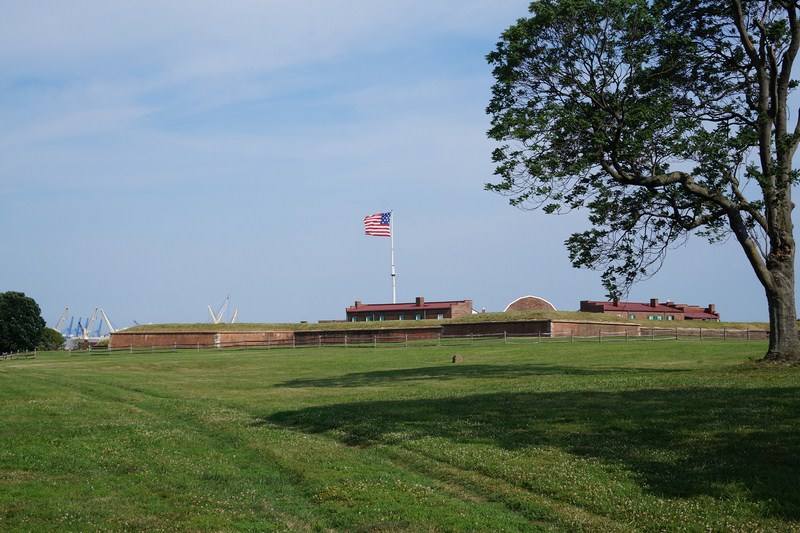

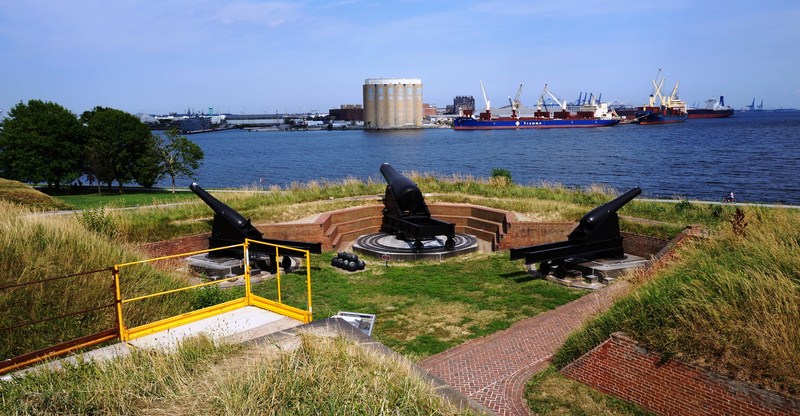
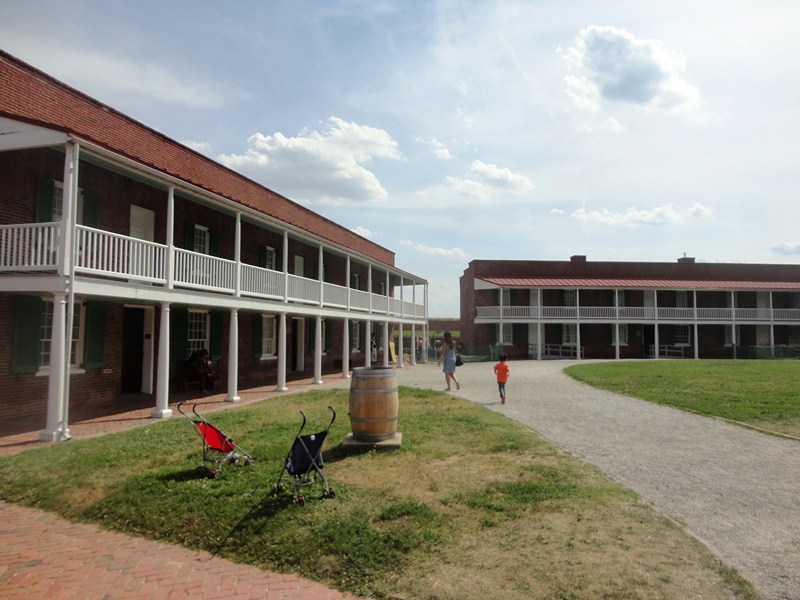
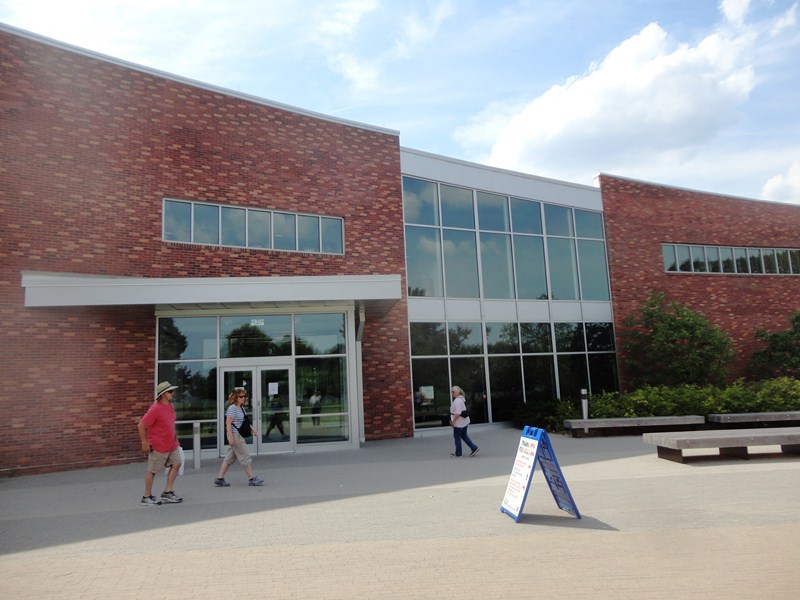
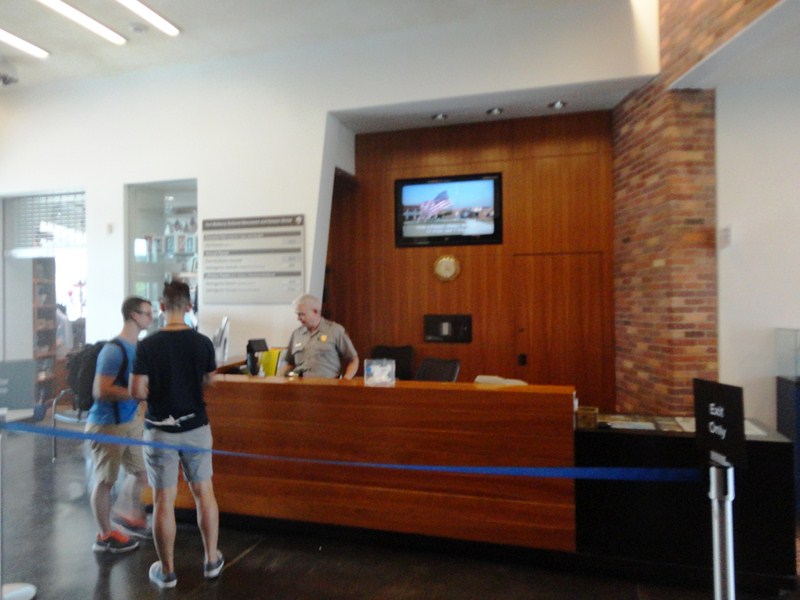
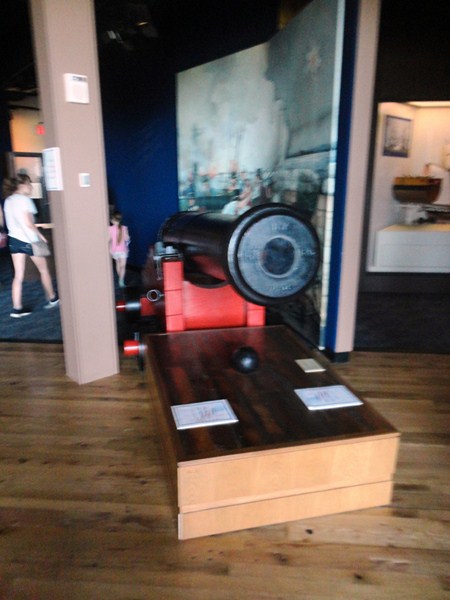
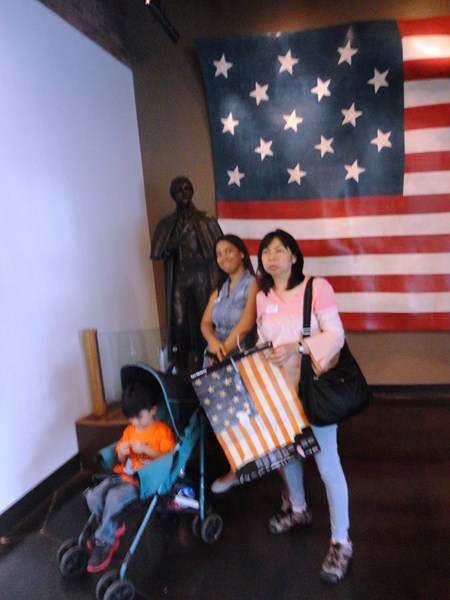
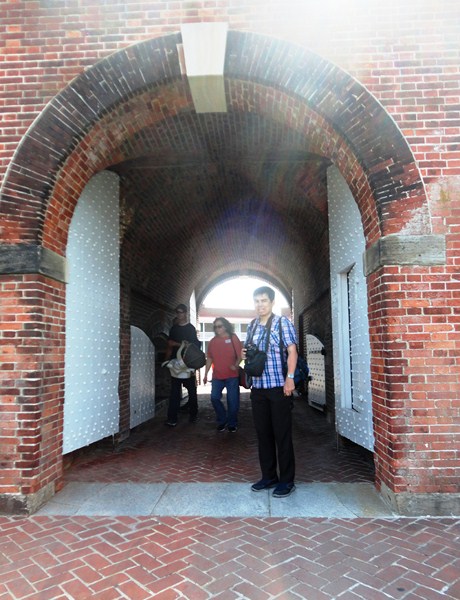
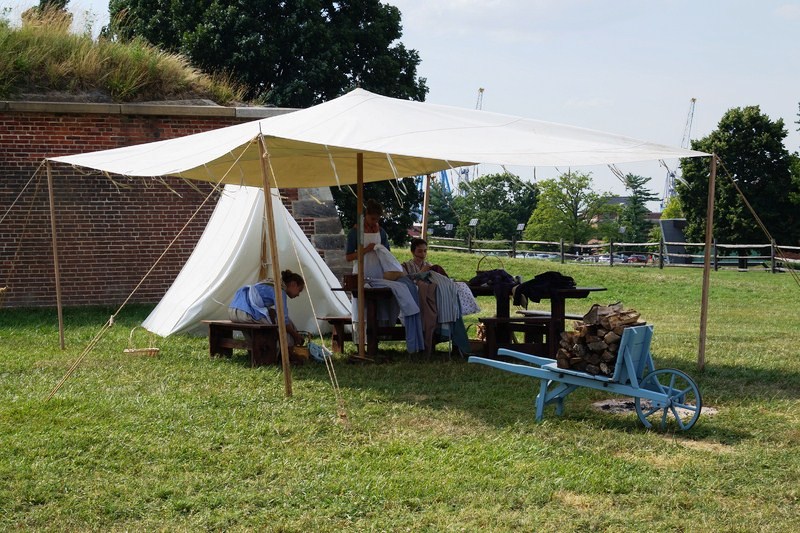

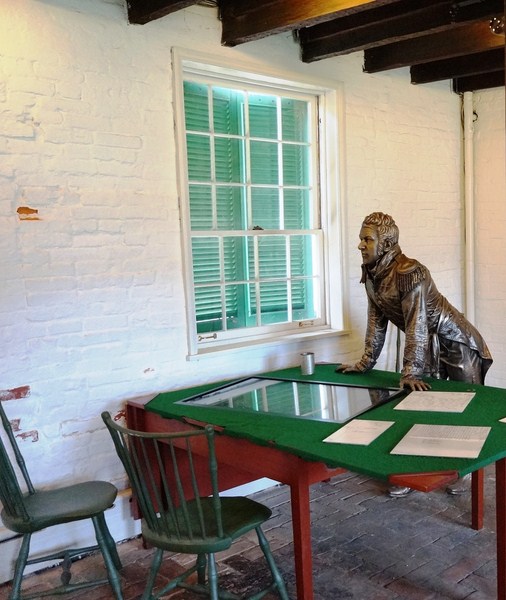
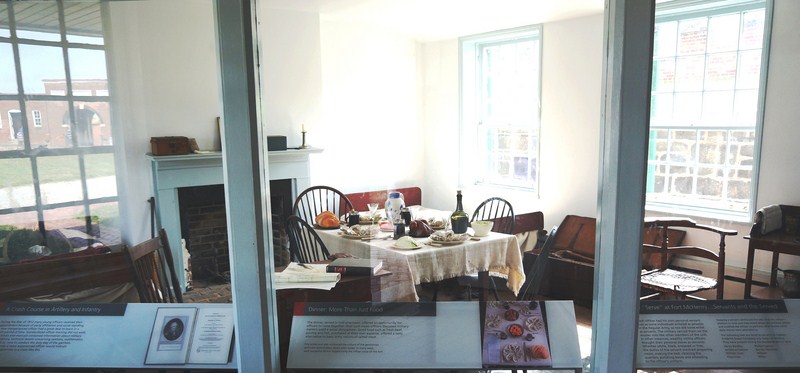
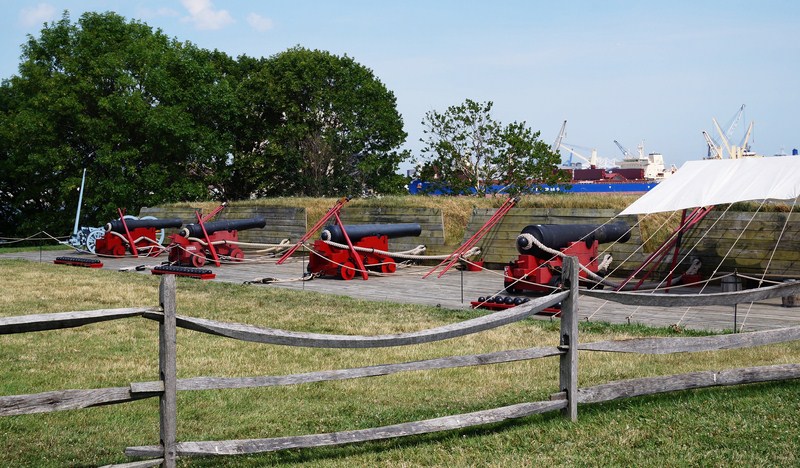
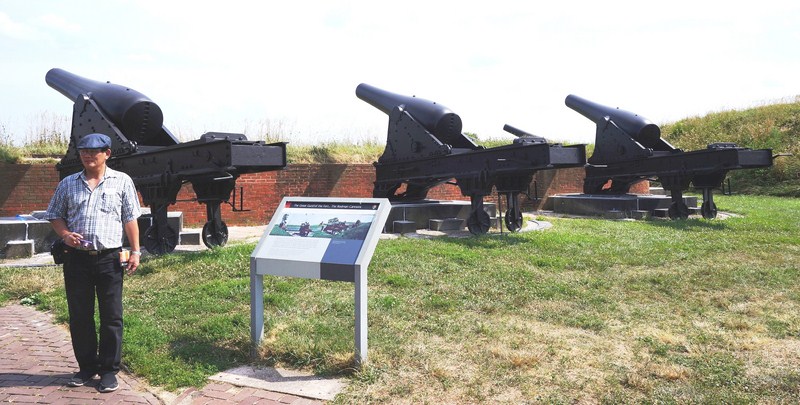

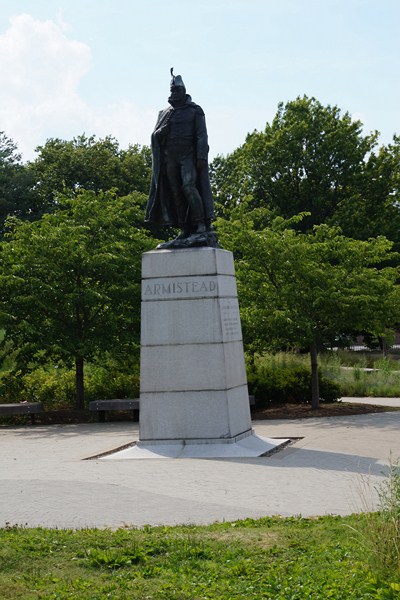
Pingback: Baltimore’s Inner Harbor (Maryland, USA) – B.L.A.S.T. – Live Life to the Fullest ……… Don't Stay Put
This site is absolutely fabulous!
We are a group of volunteers and opening a brand new
scheme in our community. Your web site provided us
with useful info to work on. You’ve done an impressive
process and our whole group will probably be thankful to you.
Pingback: National Museum of American History: Kenneth E. Behring Center (Washington D.C., USA) – B.L.A.S.T. – Live Life to the Fullest ……… Don't Stay Put
Greetings from Ohio! I’m bored to tears at work so I decided to browse your website on my iphone during lunch break.
I love the information you provide here and can’t wait to
take a look when I get home. I’m amazed at how quick your blog loaded on my
phone .. I’m not even using WIFI, just 3G ..
Anyhow, very good site!
There is definately a lot to find out about this
topic. I love all of the points you’ve made.
Wishing you and your readers a happy beginning of the year
I like the valuable info you provide in your articles. I will bookmark your weblog and check again here frequently.
I am quite certain I will learn many new stuff
right here! Good luck for the next!
Hi there! I know this is somewhat off-topic however I needed
to ask. Does running a well-established blog such as yours take a lot of work?
I’m completely new to blogging however I do write in my journal everyday.
I’d like to start a blog so I can easily share my personal experience and
views online. Please let me know if you have any suggestions or tips for new aspiring blog owners.
Appreciate it!
Please let me know if you’re looking for a
artihle author for your blog. You have some really great posts and I think I would be a
good asset. If you ever want to take some of
the load off, I’d love to write sopme articles for your blog in exchange
for a link back to mine. Please blast me an e-mail if interested.
Regards!
My page: Maira